Dog Training Made Simple: Real Tips for Real Dogs
Training a dog can feel like solving a puzzle without the picture. The good news? Most puzzles have a pattern, and the same goes for dog behavior. Whether you’re dealing with a new puppy or an older rescue, the right steps make the whole process smoother.
First, think of training as a two‑way conversation. Your dog watches what you do, then decides if it’s worth copying. Consistency, patience, and clear signals are the three pillars that turn that conversation into a habit.
Common Training Challenges and How to Fix Them
Housebreaking delays are frustrating, but they often stem from unclear cues. Set a regular potty schedule, take your dog out after meals, play, and naps, and always praise the right spot. If accidents happen, clean the area with an enzyme cleaner so the scent doesn’t lure the dog back.
Crate anxiety at night is another frequent hurdle. Start by leaving the crate open in a calm area, tossing in a favorite blanket and a treat. Let your dog explore it voluntarily, then gradually increase the time you close the door while you’re nearby. The goal is a crate that feels like a safe den, not a prison.
Pulling on the leash can turn a walk into a tug‑of‑war. A loose‑lead technique works best: stop walking the moment the leash tightens, wait for the dog to slacken, then resume. Over time the dog learns that loose walking keeps the adventure going.
Choosing the Right Training Method
Positive reinforcement is the go‑to for most owners. Reward a good behavior with treats, praise, or a quick play session, and the dog repeats it. This method builds trust and keeps training fun.
Some trainers still use tools like shock collars or prong collars. While they can stop a behavior quickly, they often create fear and damage the bond. Most experts agree that humane methods—clickers, treat‑based rewards, and timing cues—produce lasting results without the side effects.
If you’re unsure whether to hire a professional, check out reviews and ask about their training philosophy. A trainer who relies on positive reinforcement will explain each step and involve you in the process.
For DIY training, start with basic commands: sit, stay, come, and leave it. Keep sessions short (5‑10 minutes) and end on a high note. Consistency across family members is key—everyone should use the same word and hand signal for each command.
Remember, every dog is an individual. Some learn quickly, others need more repetition. If a method isn’t clicking after several tries, it’s okay to adjust. The ultimate goal is a well‑behaved, happy companion who enjoys learning as much as you do.
At Guardian of All Wagging Tails, we’ve gathered articles covering everything from housebreaking timelines to the truth about shock collars. Browse our guides, pick the tips that match your dog’s personality, and start training with confidence today.
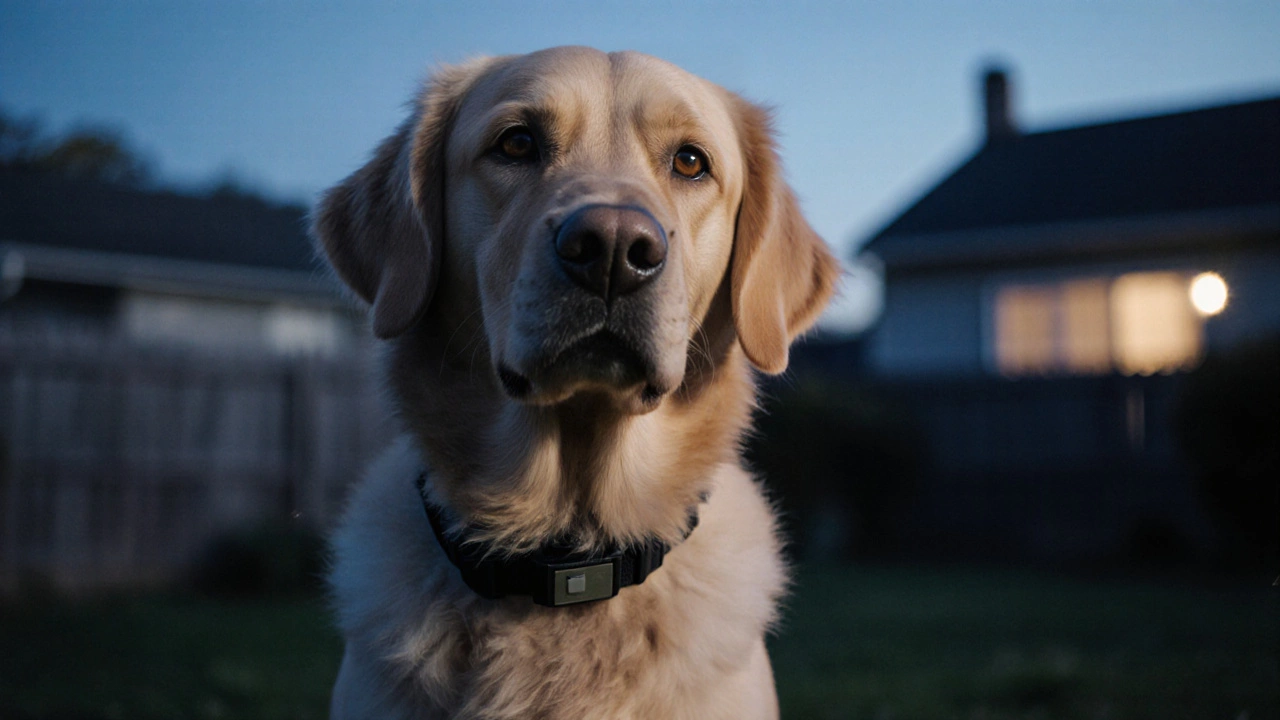
Why You Should Avoid Using Shock Collars on Dogs
Discover why shock collars harm dogs, the health risks involved, and humane training alternatives that keep pets safe and happy.
read more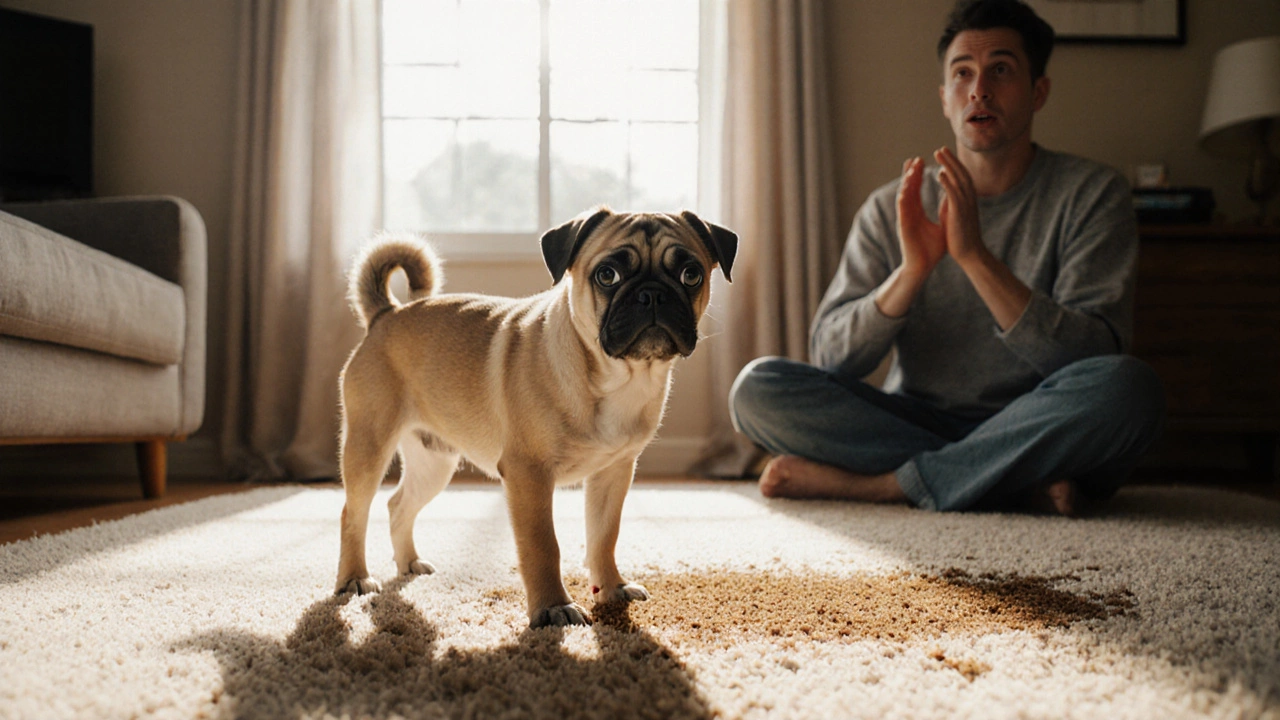
Hardest Dog Breeds to Potty Train: What You Need to Know
Discover which dog breeds are toughest to potty train, why they struggle, and proven tips to make training easier. Includes a breed comparison table and FAQs.
read more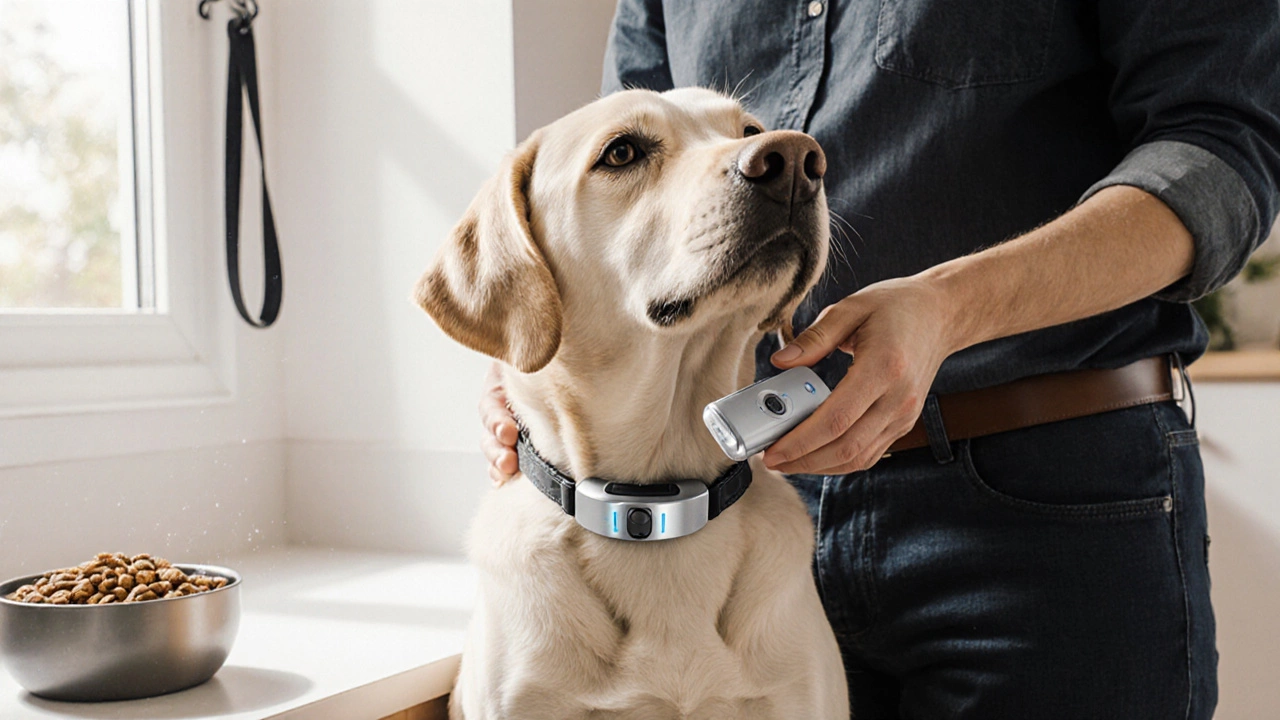
Vibration Collars: Are They Facing Bans in 2025?
Explore the current legal status of vibration collars worldwide, compare them with other training tools, and learn humane alternatives for effective dog training.
read more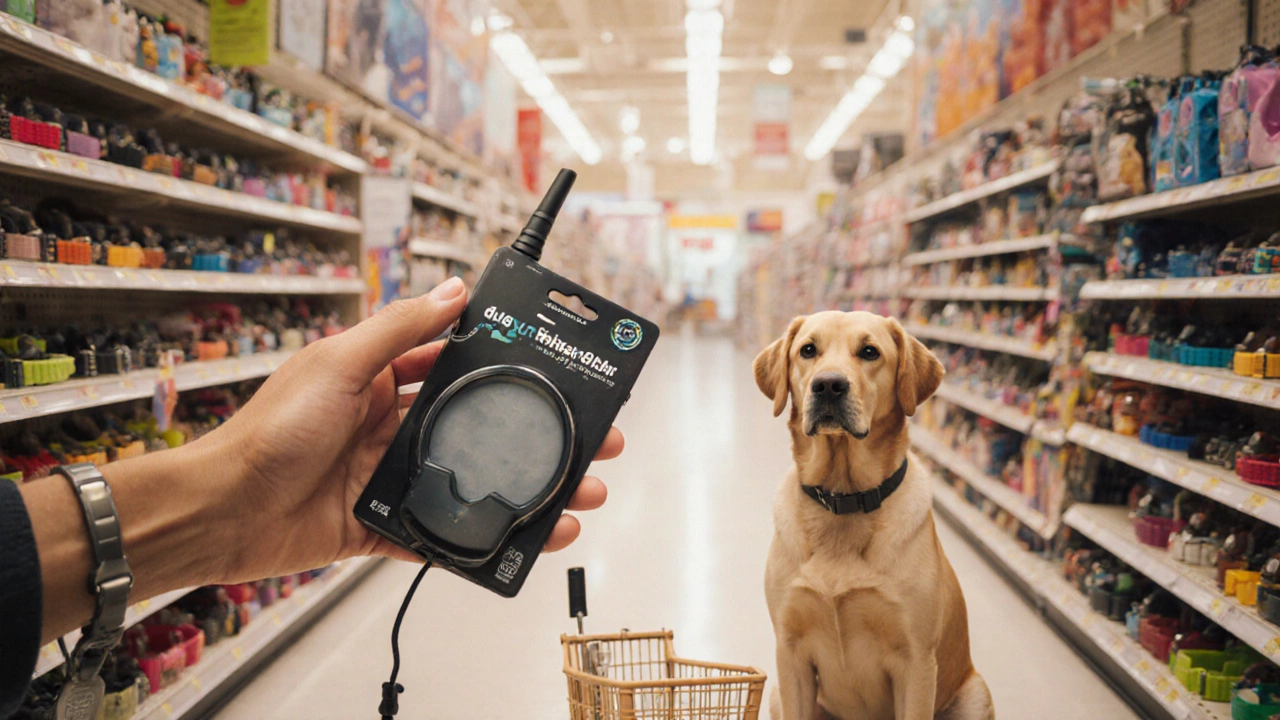
Shock Collar vs E-Collar: Key Differences Explained
Clear, practical guide that explains the difference between shock collars and e‑collars, covering how they work, safety, legal issues, and how to choose the right one.
read more
Housebreaking a Dog: Timelines, Tips, and Realistic Expectations
How long does it really take to housebreak a dog? Unpack the surprises, smooth out the wrinkles in training, and learn how to make potty training work for every dog.
read more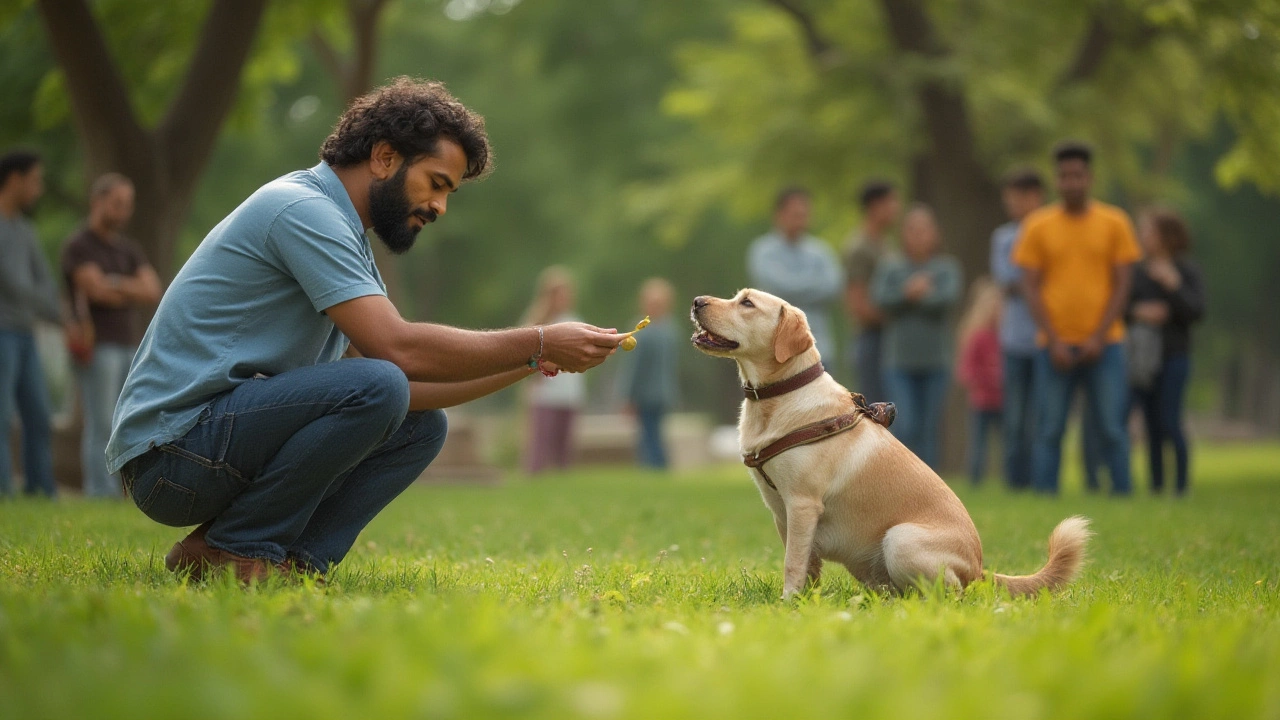
Do Professional Dog Trainers Use Shock Collars? Pros, Cons, and Real-World Insights
Explore the real scoop on whether professional dog trainers use shock collars, how these devices work, and what top experts say about humane and effective dog training methods.
read more
Dog Crate Training at Night: Should You Really Do It?
Wondering if putting your dog in a crate at night is a good idea? This article tackles both the practical and emotional sides of nighttime crate training, with relatable examples and facts. You'll get no-nonsense advice about safety, comfort, and helping your dog feel secure. Real tips from dog owners make things easy to follow. Find out when crates work—plus a few situations where you might rethink it.
read more
How to Train Your Dog Yourself: A Simple Guide
Training your dog on your own can be a rewarding journey, allowing you to bond with your furry friend while instilling good behavior. Start with the basics such as sit, stay, and come, and gradually move to more complex commands. Consistency, patience, and plenty of rewards are key to successful training. Learn the tools of positive reinforcement and discover fun tricks to add to your pup's repertoire. With the right approach, you'll help your dog become a well-mannered and happy member of the family.
read more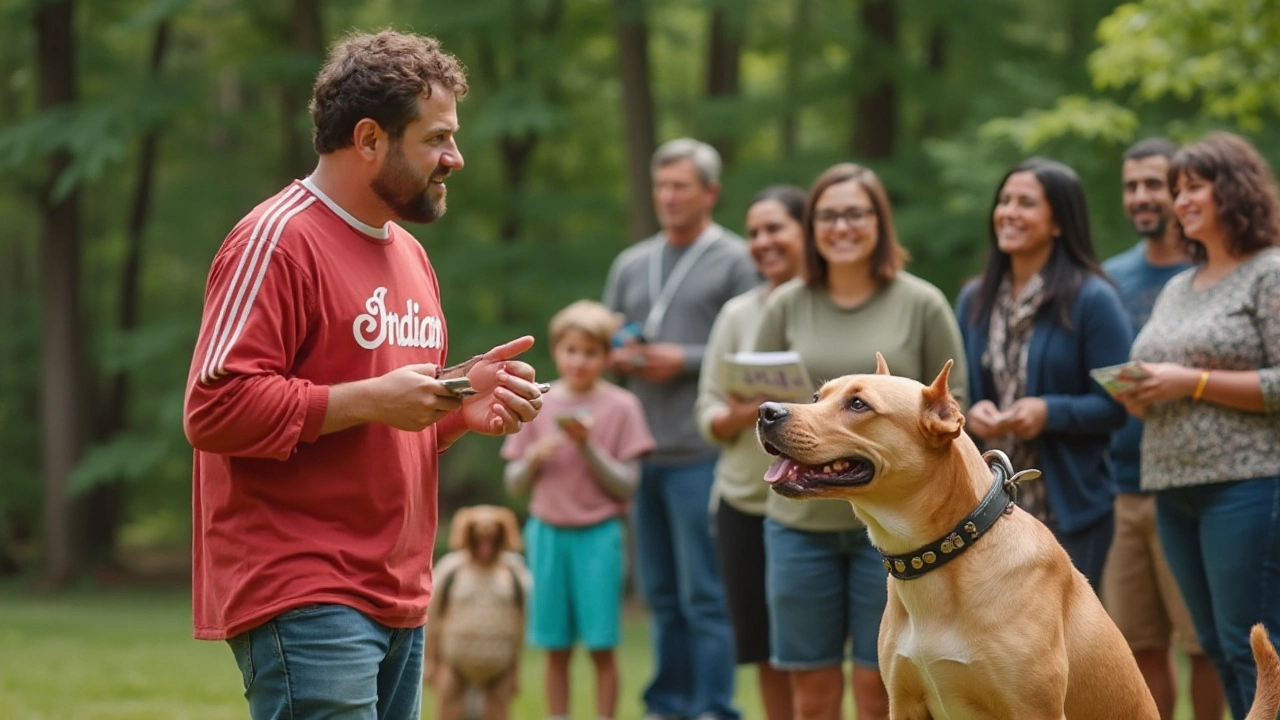
How Prong Collars Can Help and What to Know About Stopping Dog Pulling
Prong collars can be a controversial tool in the world of dog training. This article explores whether prong collars can effectively stop dogs from pulling and examines how they work, their safety, and alternative methods. We will look into the opinions of experts and discuss tips for using them correctly. Discover the steps to use training collars effectively and provide a better walking experience for you and your pet.
read more

